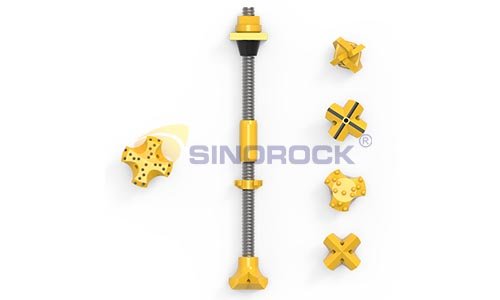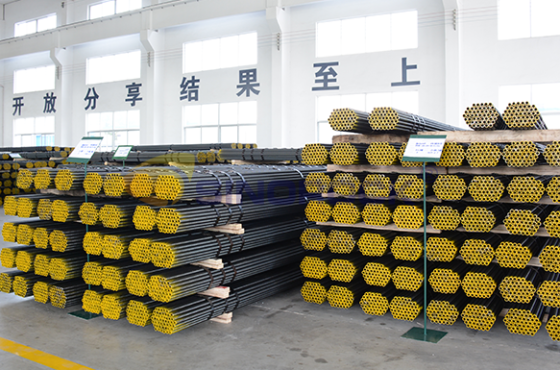Self Drilling Anchor Bolts for Kurortny Bypass
The 22nd Winter Olympic Games were held in Sochi, Russia, in February 2014, and in preparation for the Games, adequate facilities and significant infrastructure improvements were required. Self drilling anchor bolts were used for the Kurortny bypass to overcome challenges with regard to geotechnical instability and access, and installation difficulties for equipment and materials.
Over 100km of roads were built to handle the new volume of traffic for the Olympic Games. One major roadway was the Kurortny bypass, which consisted of 17km of highway including 9 tunnels, 11 overpasses and 8 intersections. It connected the airport and Sochi City and required permanent retaining walls secured by tiebacks. This solution was beneficial compared to gravity retaining walls. The anchored retaining walls installed for the bypass were 520m long and 5 to 20m high with up to four rows of tiebacks at the maximum height. Over 480 elements were installed, spaced between 2 and 2.4m with an inclination of 35 degrees. T52/26 and T73/53 self drilling anchors were used with lengths between 27 and 39m. A sacrificial carbide button drill bit with a diameter of 130mm was suitable for installation in a mixture of clay, sand and limestone. The tiebacks has a design load of 600KN and were installed using Interoc, Morath and Klemm drill rigs. Two and three-person crews installed the self drilling anchors with help from an excavator to lift the bars into place. A lighter grout with a water/cement ratio of 0.7 was used to drill the bolts. Then a heavier grout with a water/cement ratio of 0.5 was flushed through the bolt and returned at the top. The tiebacks were prestressed with 10% of the working load to prevent deflection in the wall and the head beam. Testing methods followed European standard EN1537.
The use of self drilling anchors resulted in a cost saving of 60% and installation time twice as fast as methods formerly used. During the Soviet era, typical retaining wall construction consisted of two rows of bored piles approximately 25cm in diameter connected at the top by a concrete head beam. This type of wall was not anchored, but instead used the bracket effect: compression on one bored pile and tension on the other. A consequence o this solution was a head beam thickness of approximately 3 to 4m. Bored piles o these dimensions require large drilling equipment, and accessibility would be difficult in the Sochi-area terrain. By using several rows of tieback anchors, the bending moments of the bored piles can be reduced leading to a thinner retaining wall in general. For the Kurortny bypass, only one row of bored piles was necessary, therefore reducing costs and installation time.




